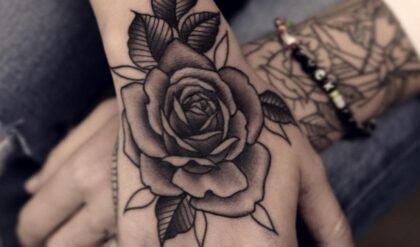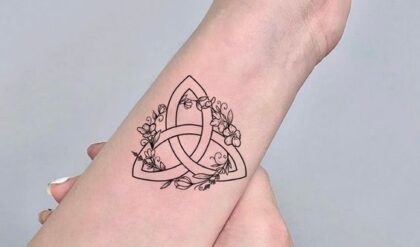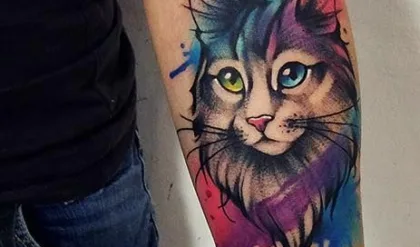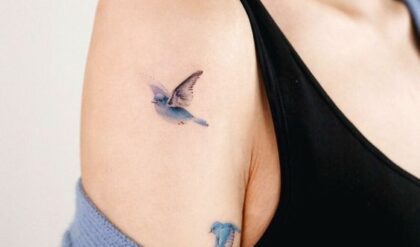
Seated Woman of Çatalhöyük
Mother goddess

Xi Wangmu
Mother goddess is a term used to refer to a goddess who represents motherhood, fertility, creation, or who embodies the bounty of the Earth. When equated with the Earth or the natural world such goddesses are sometimes referred to as Mother Earth or as the Earth Mother.
Many different goddesses have represented motherhood in one way or another, and some have been associated with the birth of humanity as a whole. Others have represented the fertility of the earth.
Xi Wangmu (literally “Queen Mother of the West”) is a Chinese goddess known from the ancient times. The first historical information on her can be traced back to oracle bone inscriptions of the fifteenth century BCE that record sacrifices to a “Western Mother”.
Even though these inscriptions illustrate that she predates organized Taoism, she is most often associated with Taoism. From her name alone some of her most important characteristics are revealed: she is royal, female, and is associated with the west.
The growing popularity of the Queen Mother of the West, as well as the beliefs that she was the dispenser of prosperity, longevity, and eternal bliss took place during the second century BCE when the northern and western parts of China were able to be better known because of the opening of the Silk Routes.
Her official Taoist title is Yaochi Jinmu (literally “Golden Mother of the Shining Lake”). Historical (Tang dynasty) biographers name her: Chin-mu Yuan-chun, The Primordial Ruler, Metal (Gold) Mother, Metal (Gold) Mother of Tortoise Mountain, She of the Nine Numina and the Grand Marvel and the Perfected Marvel of the Western Florescence and the Ultimate Worthy of the Grotto Yin.
Commoners and poets of the Tang dynasty referred to her more simply as Queen Mother, Divine Mother or by the ancient, familiar expression for “mother” or “nanny”, Amah. In modern times she is often called, Wangmu Niangniang.
The first mentions of the Queen Mother date back to the oracle bone inscriptions of the Shang Dynasty (1766-1122 BC.).
One inscription reads: “Crack-making on day IX,9 day; we divined. if we make offering to the eastern mother and the western mother, there will be approval.”
Western Mother refers to an archaic divinity residing in the west. The exact nature of the Mother divinities in the Shang dynasty is unclear, but they were seen as powerful forces deserving of ritual by the people of the Shang dynasty.
Originally, from the earliest known depictions of her in the “Guideways of Mountains and Seas” during the Zhou Dynasty, she was a ferocious goddess with the teeth of a tiger, who sent Pestilence down upon the world. After she was adopted into the Taoist pantheon, she was transformed into the goddess of life and immortality.
One of the earliest written references to the Queen Mother comes from the writings of the Taoist writer Zhuangzi (c. fourth century BC). Zhuangzi describes the Queen Mother as one of the highest of the deities, meaning she had gained immortality and celestial powers. Zhuangzi also states that Xiwangmu is seated upon a spiritual western mountain range, suggesting she is connected to not only the heavens, but also to the west.
The Queen Mother of the West usually is depicted holding court within her palace on the mythological Mount Kunlun, usually supposed to be in western China (a modern Mount Kunlun is named after this). Her palace is believed to be a perfect and complete paradise, where it was used as a meeting place for the deities and a cosmic pillar where communications between deities and humans were possible.
At her palace she was surrounded by a female retinue of prominent goddesses and spiritual attendants. Although not definite there are many beliefs that her garden had a special orchard of longevity peaches which would ripen once every three thousand years (Dien, 2003), others believe though that her court on Mount Kunlun was nearby to the orchard of the Peaches of Immortality.
No matter where the peaches were located, the Queen Mother of the West is widely known for serving peaches to her guests, which would then make them immortal. She normally wears a distinctive headdress with the Peaches of Immortality suspended from it.
Jesuit missionaries, the noted American Sinologist Charles Hucker, and London University’s Dr Bernard Leeman (2005) have suggested that Hsi Wang Mu and the Queen of Sheba were one and the same person.
The transcendency of Sheba, a religious group, believes that the Queen of Sheba’s pre-Deuteronomic Torah recorded in the Kebra Nagast was influential in the development of Daoism. They insist that after vacating the throne for her son Solomon the queen journeyed to the Kunlun Mountains where, known as the Queen from the West, she attained spiritual enlightenment.
The Qingniao
Qingniao
Three-legged crow
The Qingniao (literally: “Blue (or Green) Bird (or birds)”) were Blue or Green Birds which appear in Chinese mythology, popular stories, and religion (the Chinese is somewhat ambiguous in regard to English color vocabulary, and the word qing may and has been translated as “blue” or “green”, or even “black”).
Qiangniao are especially regarded as the messengers or as otherwise serving the Queen Mother of the West Xi Wangmu. In some sources, three-legged Qingniao carry her messages; in other sources, a single one-legged Qingniao fetched her food.
In some versions, three, sometimes three-legged, green birds brought her food: these seem to have some similarity with the Three-footed birds believed to reside in the sun. (Sometimes these birds are called “crows”.) The Qingniao are an important motif and frequently depicted in myths regarding Xi Wangmu and her Western Paradise, which is generally located on the mythical Kunlun Mountain.





